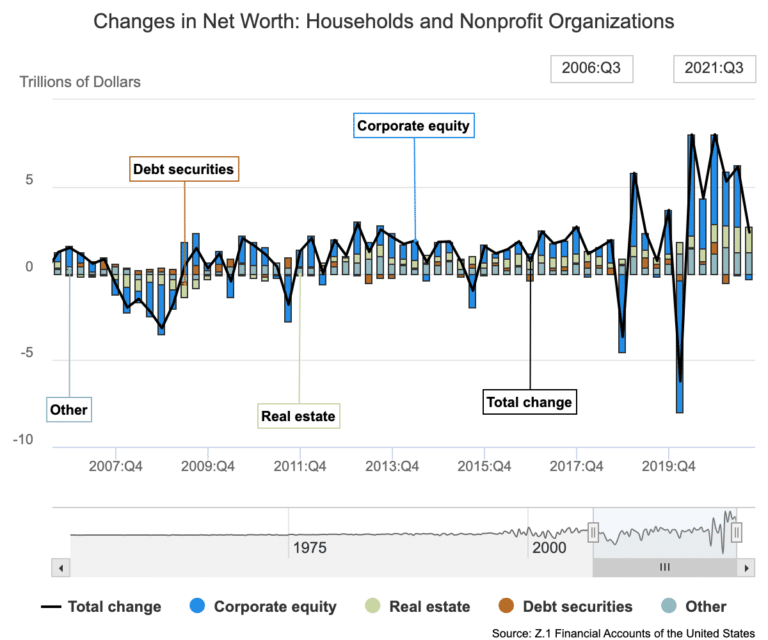Monarch Now Shows You Exactly What You Bought on Amazon, And Categorizes It
Who doesn’t love Amazon? It’s fast, convenient, and a one-stop shop for anything from vitamins to vacuums. But, it can also get messy. Especially when it’s time to sit down with your budget and figure out where all your money went. Take our household, for example, when a $27.13 charge shows up on the credit…

